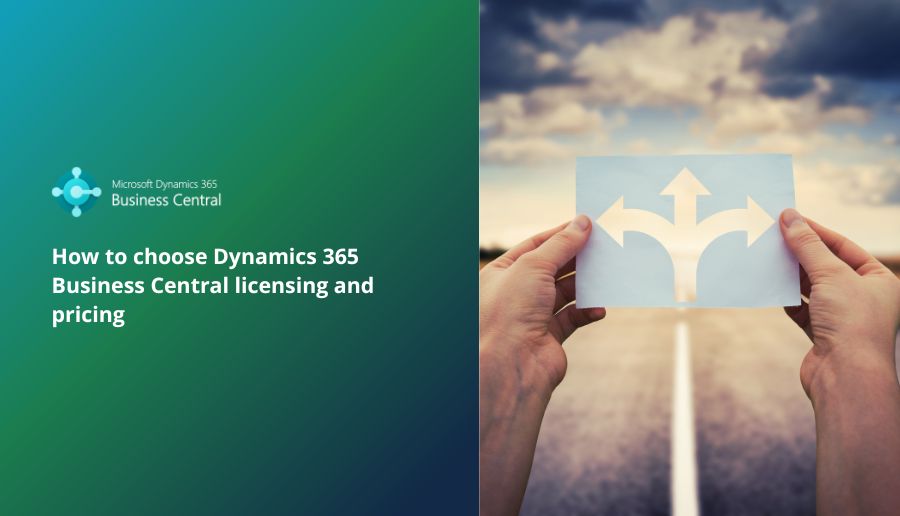Dynamics 365 Business Central (BC) is essential for small and medium-sized businesses, which has functionalities across operations, finance, project management and sales. Since it is so essential to any business, people get excited and run into confusion(s) when it comes to licensing and pricing. This blog will help you guide through the process of purchasing Microsoft Dynamics 365 Business Central.
When it comes to purchasing Microsoft Dynamics 365 Business Central, you have literally two options:
- Subscription
- Perpetual
What is the Dynamics 365 Business Central Subscription option?
First option is the subscription option, which means you pay per user every month and it includes the annual maintenance fee imposed by Microsoft. This means that you will have access to future versions as you continue to go down through this option. This option is flexible whether you’d like to add or reduce the number of users, which can be useful if you have seasonal employees which changes the number of people using the system.
What is the Dynamics 365 Business Central Perpetual option?
Second option is the perpetual option, which means you have purchased the license and you own the software or solution forever. You will be responsible to pay for annual maintenance fee (as known as Business Ready Enhancement Plan (BREP), and you are able to access the latest versions.
Note(s):
- If you stop paying for the annual maintenance fee, you will not be able to amend the license, for example add more users.
- With this type of license you have a certain amount of users, which you can add, but once you remove users, you have to re-purchase if you decide to in the future.
How do I deploy Dynamics 365 Business Central? On-premise, Private Cloud, MSP Cloud?
Lastly, you have to choose which route you would want to host your solution in. Your choices are deploying it into a Private Cloud, Managed Service Provider (MSP) Cloud (e.g. TMC’s Azure Cloud), or on-premise.
Only the subscription option offers the Microsoft SaaS (Software as a Service) or also known as the public cloud, which is a great value because the hosting cost is included in the user subscription price. But there will be no access to SQL (Structured Query Language) and will be limited to any developments being done as extensions, but if these aren’t barriers for you and you’re happy to be on a shared platform, then this route should definitely be seriously considered.
Dynamics NAV upgrading to Dynamics 365 BC
Since Microsoft renamed Dynamics NAV into Dynamics 365 Business Central, it will only be right talk about for those who are on NAV and wants to upgrade. If you have Dynamics NAV 2009 or under, the latest license you can upgrade to is Dynamics NAV 2009 R2. If you want to go beyond NAV 2009 R2, your only option is to get a license with Dynamics 365 BC. If you are currently on NAV 2013 or later versions, you can upgrade up to NAV 2018.
Visit our website’s resources to learn more about our solutions in order to further your understanding of financial and business management systems. Team up with a certified Microsoft Gold Partner to make your migration to the cloud seamless. If you have any questions regarding Dynamics 365 or other ERP/CRM systems, you can contact us here.
Don’t forget to follow us on Facebook, LinkedIn, and Twitter. Subscribe to our YouTube channel for insightful tutorials and demos.






